Galapagos Wildlife
Do you want to know why the Galapagos Islands are so special? These islands host a range of unique animals and plants found nowhere else on Earth. This article will show how species there adapted to harsh environments over time.
The Unique Flora and Fauna of the Galapagos Islands
The Galapagos Islands have plants and animals you won’t find anywhere else. This isolation led to unique evolutionary traits in many species.
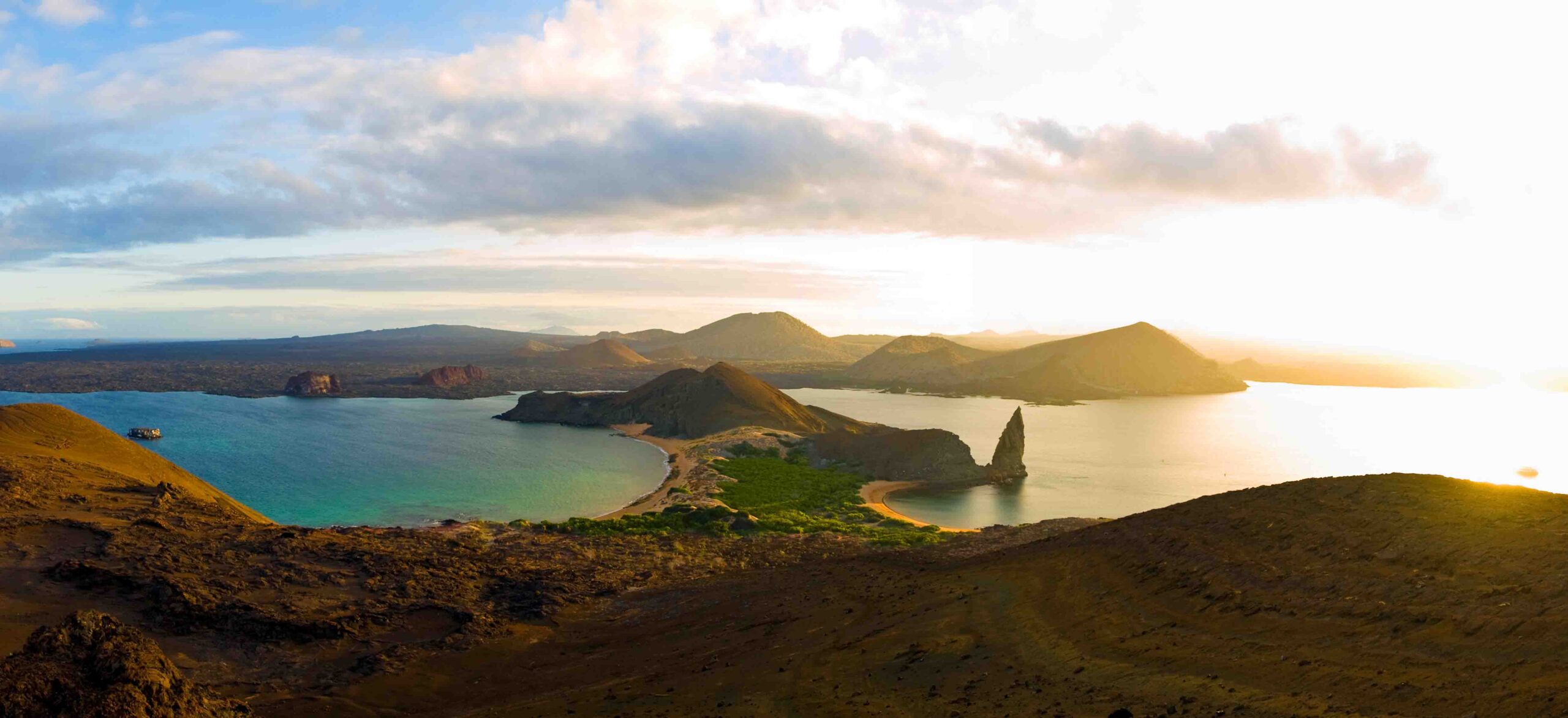
The Theory of Species Arrival
Species likely arrived in the Galapagos Islands by floating on vegetation rafts. Ocean currents carried these rafts to the remote islands. This theory is known as “The Theory of Species Arrival.” Many pioneer species, such as certain plants, could survive harsh conditions like lava fields.
‘By far the largest number of arrival events likely involved rafting over long distances.’ – Jonathan Losos
Animals and insects might have also been part of these early arrivals. Birds could have flown great distances or been blown off course by storms. Over time, new species colonized the islands and adapted to their unique environments.
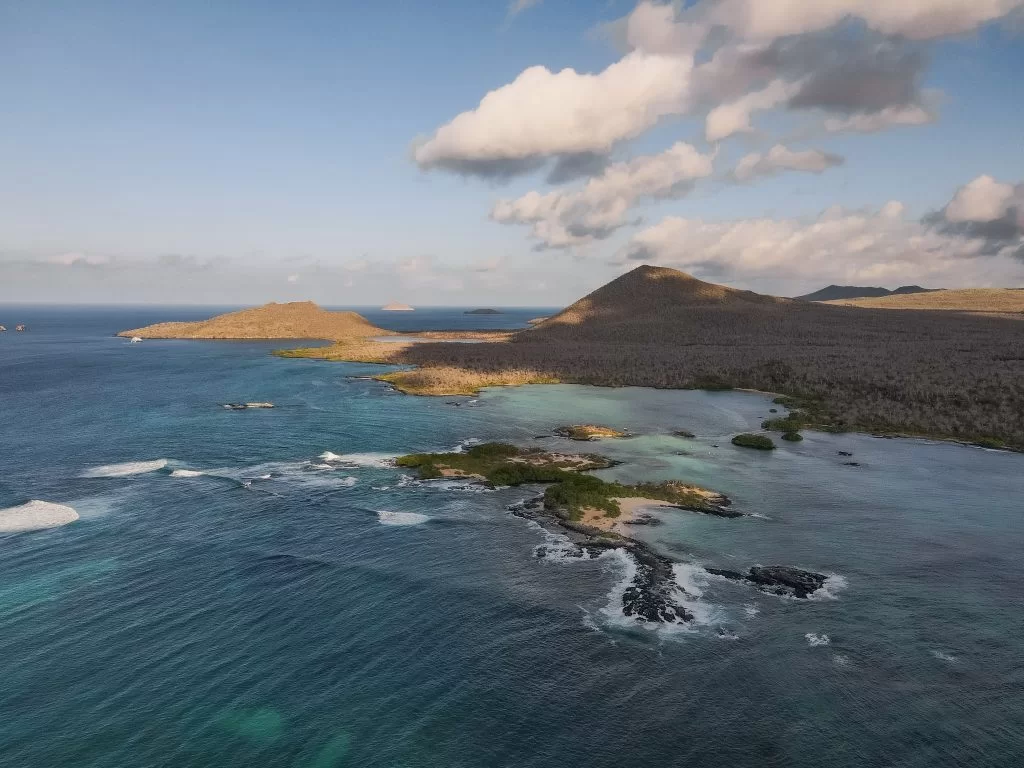
Comparative Size and Isolation
The Galapagos Islands are small and isolated. Their land area is tiny compared to the vast Amazon Basin. The ecosystem here is unique, with limited species diversity due to isolation.
The Amazon has over 300 reptile species, but the Galapagos has fewer than 10 main types of reptiles. This isolation leads to specialized adaptations in plants and animals. The remote location makes this wildlife distinctive and endemic to the islands only.
The Influence of the Galapagos Islands on Evolutionary Theory
The Galapagos Islands played a big role in shaping the idea of evolution. Scientists studied many unique species there to understand how life changes over time.
Darwin's Observations
Charles Darwin visited the Galapagos Islands in 1835. He noticed many unique species on different islands. He saw differences in beaks of finches among the islands. Each type seemed adapted to its food source.
Darwin expressed astonishment at this variety and range of confined species. His observations helped develop his theory of natural selection. He thought these isolated populations had evolved differently due to their environments.
Such facts would undermine the stability of species. – Charles Darwin
The Theory of Natural Selection
Darwin’s observations led him to develop a major theory. He noticed different finch species on the Galapagos Islands. Each bird had a unique beak shape and size, suited for its food source.
This discovery became key to understanding evolution.
The Theory of Natural Selection suggests that traits helping survival are passed down. Over time, these traits become common in the species. Birds with strong beaks could eat tougher seeds and survive longer.
Those birds then reproduce more, spreading their successful traits further through generations.

Adaptations in Isolated Populations
Darwin’s theory helps explain changes in isolated populations. The Galapagos Islands show this well. On Santa Fe Island, land iguanas have adapted to their unique habitat by turning yellow.
Marine iguanas, different from most iguanas, have evolved to feed in the sea.
Limited genetic exchange leads to pronounced adaptations among isolated species. For example, endemic species like the finches on these islands developed various beak shapes suited for different food sources.
Each population shows how natural selection and genetic isolation shape evolution over time.
The Wildlife of the Galapagos Islands
The Galapagos Islands host rich and varied wildlife. Each animal has adapted uniquely to its environment.
Birds

Galapagos birds are unique, with land birds adapted to the islands and sea birds attracting birdwatchers worldwide.
Reptiles
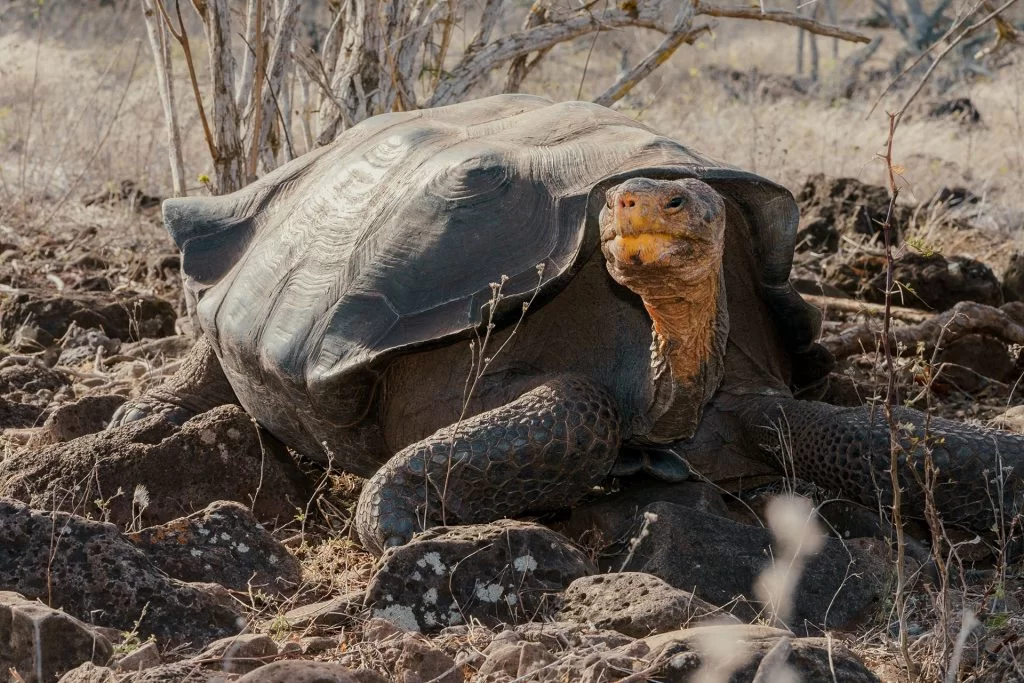
Reptiles on the Galapagos Islands are unique and diverse. They have adapted to their environment in special ways.
Mammals
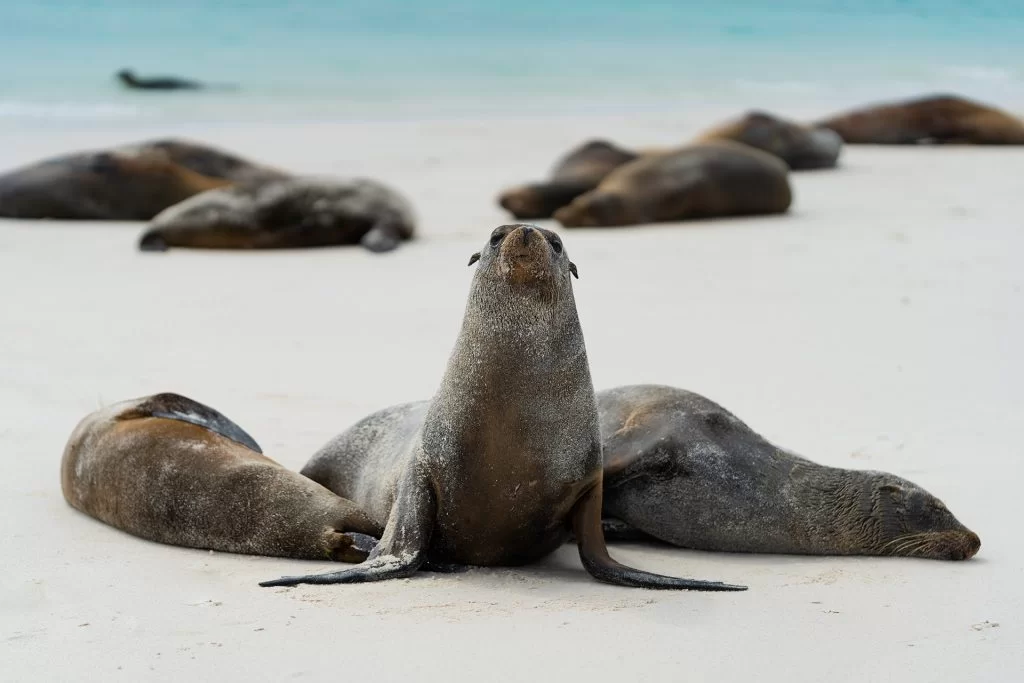
Galapagos Islands have unique mammals. Most are marine creatures, with a few land species.
Marine Wildlife
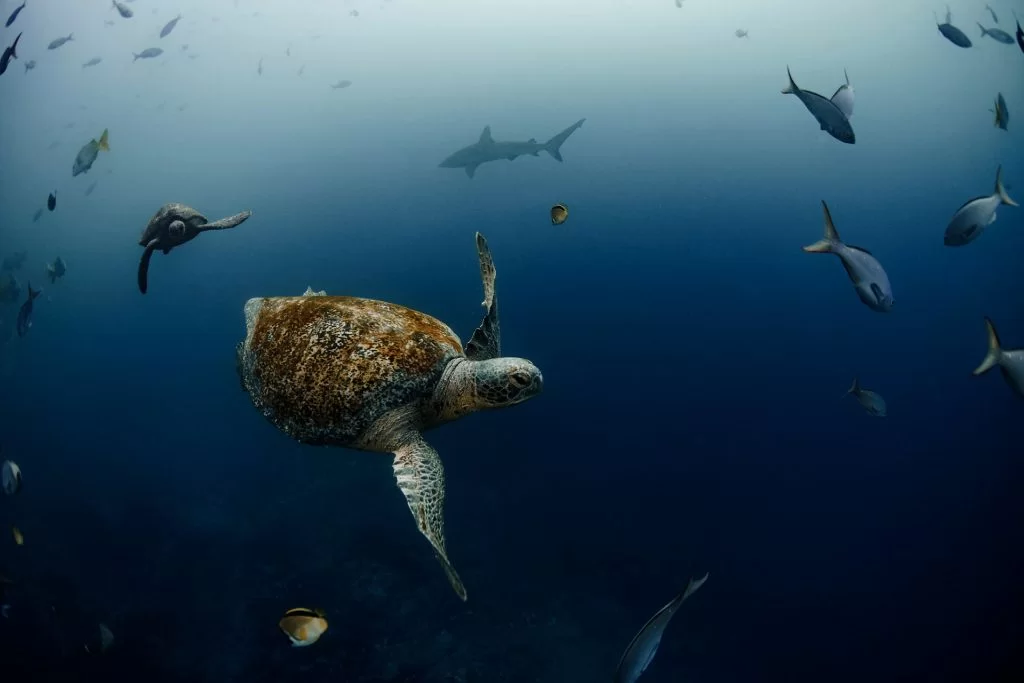
Fish and marine life in the Galapagos Islands are incredibly diverse. The waters host many unique species.
Looking for an unforgettable adventure? The Galapagos Islands are the ideal destination. Encounter iconic wildlife and immerse yourself in educational experiences. From observing unique animals to snorkeling with the vibrant marine life.
The Galapagos Islands are a living lab of evolution. Unique plants and animals thrive here due to their special adaptations. Darwin’s work on these islands helped shape our understanding of natural selection.
The isolation of the islands has led to amazing biodiversity. Visiting the Galapagos offers a rare chance to see this evolutionary process up close.
Frecuently Asked Questions
The Galapagos Islands are isolated, allowing species to evolve without outside influences. This isolation leads to unique adaptations and new species.
Darwin observed different species on the islands. His findings helped develop the theory of natural selection, changing how we understand evolution.
Isolation from other habitats forced these animals to adapt uniquely over time. These changes helped them survive in their specific environments.
Yes, examples include finches with varied beak shapes and giant tortoises with different shell forms based on their island habitat.